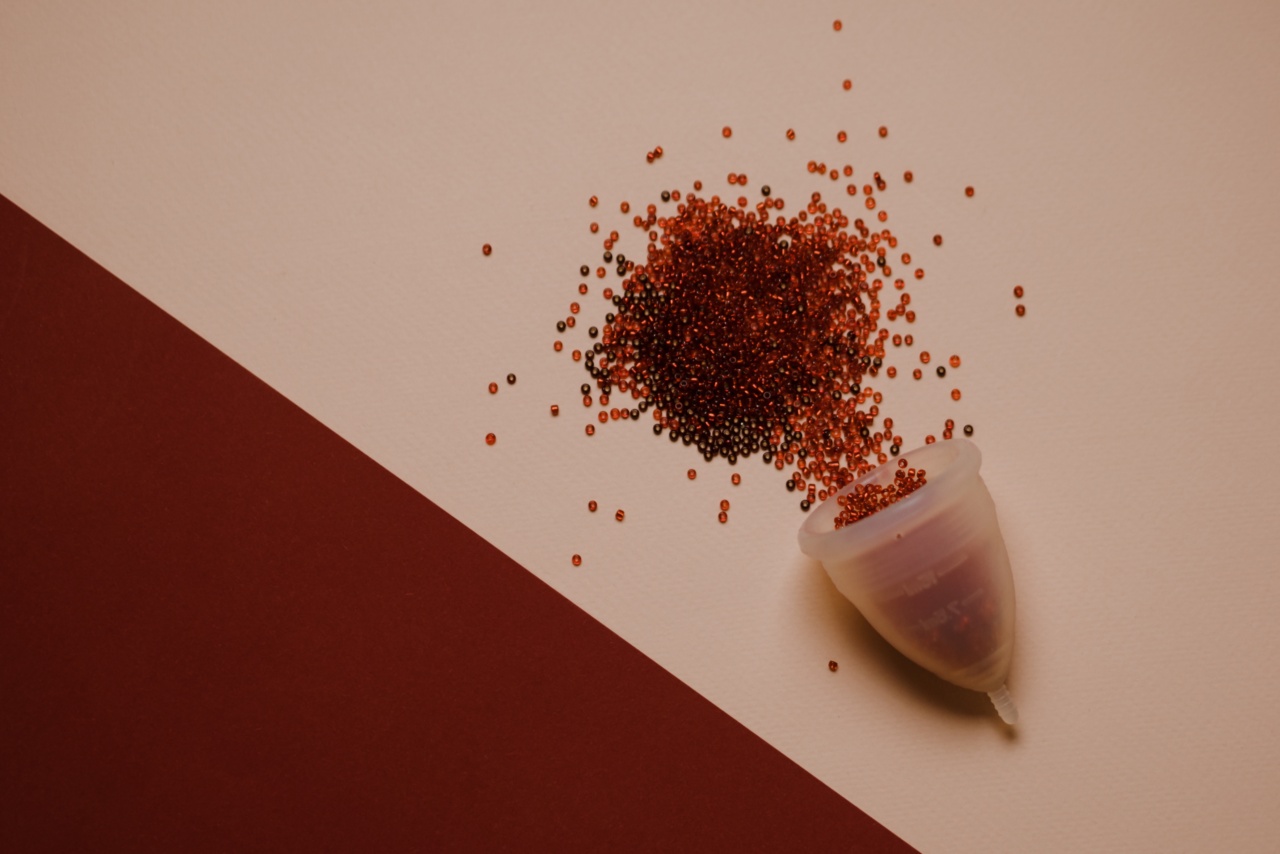Swings are a popular and enjoyable form of entertainment for infants, providing them with sensory stimulation and a sense of excitement.
However, swings can also pose risks to infants if they are not used properly or if safety precautions are not followed. In recent years, swing safety research has gained attention, aiming to protect infants from potential harm caused by harmful covers and objects associated with swings.
The Importance of Swing Safety Research
Swing safety research plays a vital role in raising awareness about potential hazards associated with swings and ensuring the well-being of infants.
It involves analyzing swing designs, materials, and the presence of harmful covers and objects to identify areas where improvements can be made to minimize the risk of injuries. By understanding the hazards associated with swings and taking necessary precautions, parents, caregivers, and manufacturers can work together to create a safer environment for infants.
Identifying Harmful Covers and Objects
Swing safety research has focused on identifying the specific covers and objects that can pose a threat to infants. These include:.
- Loose fabric covers: Swings with loose fabric covers can entangle infants, potentially leading to suffocation or strangulation.
- Sharp edges: Swings with exposed or sharp edges can cause injuries if an infant accidentally comes into contact with them.
- Small detachable parts: Some swings may have small detachable parts that can be choking hazards if an infant puts them in their mouth.
- Hanging toys: Swing attachments such as hanging toys or mobiles should be carefully designed to avoid any risk of entanglement.
- Improperly secured straps: If the straps that secure an infant in the swing are not properly attached, the child may slip out and potentially fall.
Preventive Measures
To protect infants from harmful covers and objects associated with swings, several preventive measures should be taken:.
- Careful selection: Parents and caregivers should carefully choose swings designed specifically for infants and ensure they meet safety standards.
- Regular inspections: Swings should be regularly inspected for any signs of wear and tear, loose parts, or damaged covers. If any issues are detected, immediate action should be taken.
- Proper installation: It is crucial to follow the manufacturer’s instructions for proper swing installation to ensure stability and avoid the risk of collapse.
- Removal of harmful covers or objects: If a swing comes with detachable covers or objects that pose a hazard, they should be removed or replaced with safer alternatives.
- Supervision: Infants should always be supervised while using a swing to prevent accidents and ensure their safety.
- Education and awareness: Parents, caregivers, and manufacturers should be educated about swing safety guidelines and made aware of the potential risks associated with harmful covers and objects.
Current Safety Standards
Swing safety research has led to the establishment of safety standards and regulations to ensure the manufacturing and use of safe swings.
These standards may include guidelines regarding materials, design features, weight limits, and the presence of harmful covers and objects. Manufacturers must adhere to these standards to provide swings that are safe for infants.
The Role of Manufacturers
Manufacturers play a crucial role in ensuring swing safety. They should conduct thorough testing and analysis of their swing designs to identify any potential hazards.
With the use of safe materials and appropriate manufacturing processes, swings can be produced without harmful covers or objects. Additionally, manufacturers should provide clear instructions and warnings to guide parents and caregivers on the safe usage of swings.
Educating Parents and Caregivers
Parents and caregivers need to be well-informed about swing safety to protect infants from harm. They should be educated on the potential hazards associated with harmful covers and objects and encouraged to follow safety guidelines.
This education can include information on proper installation techniques, regular inspections, and the availability of safer swing options.
Conclusion
Swing safety research has highlighted the importance of protecting infants from harmful covers and objects associated with swings.
By taking preventive measures and following safety guidelines, parents, caregivers, and manufacturers can create a safe environment for infants, promoting their overall well-being and ensuring their enjoyment of swings without unnecessary risks.































